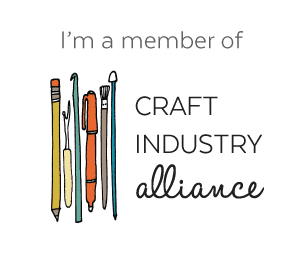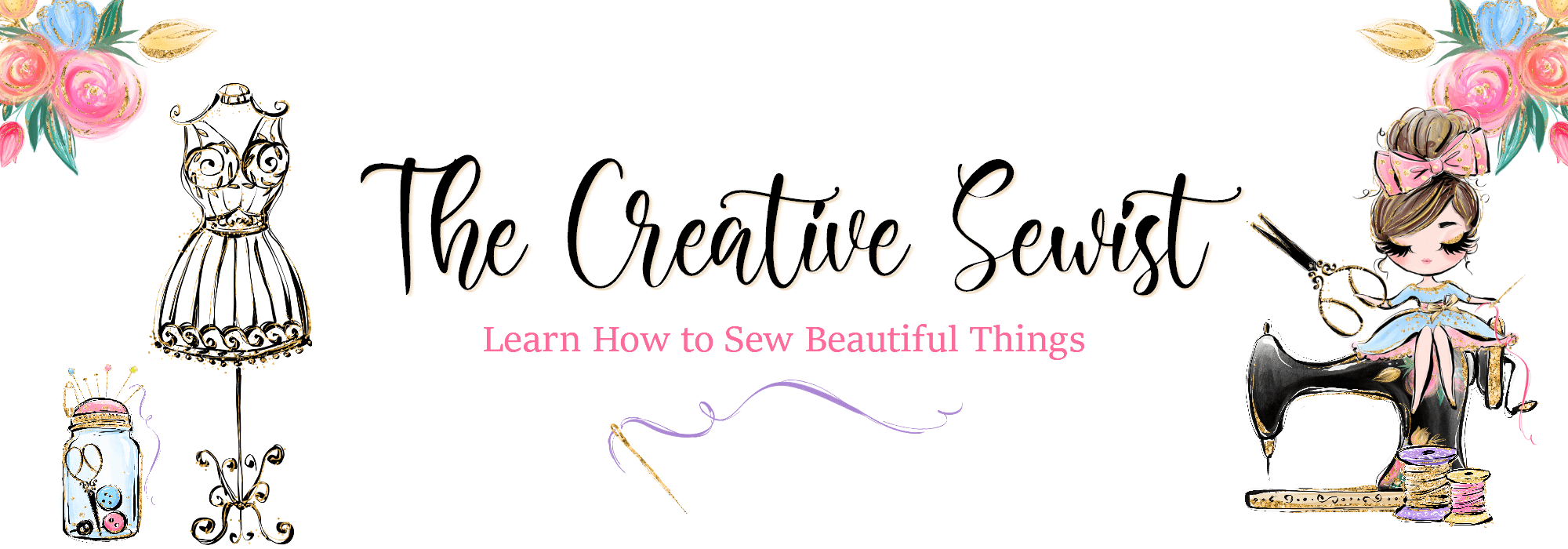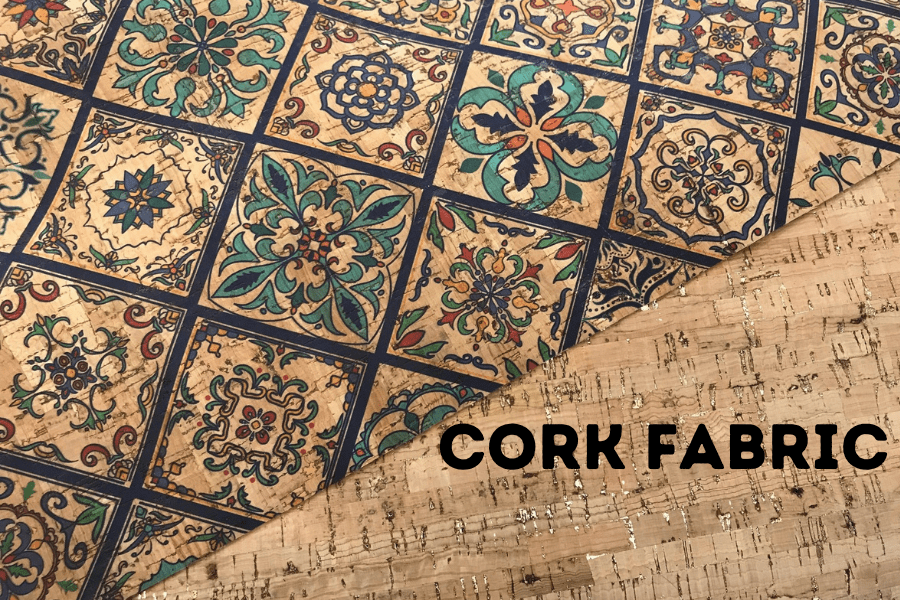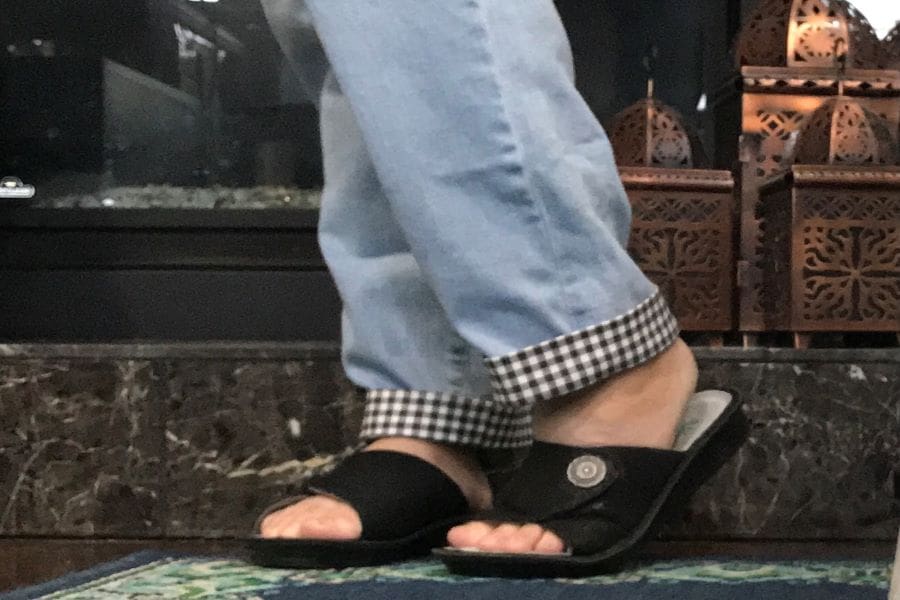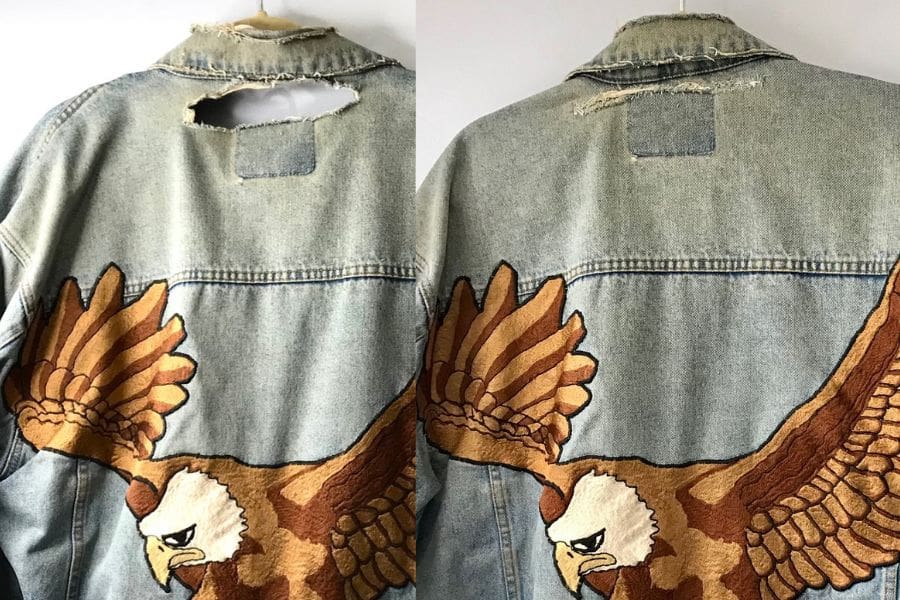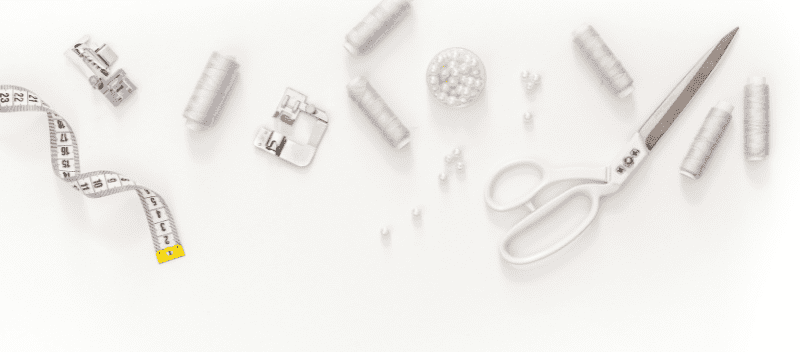Are Sewing Project Kits Worth the Price? You Might Be Surprised
Sewing project kits have existed for a long time, and their popularity has fluctuated throughout history. However, when the world shut down in 2020, the popularity of sewing project kits soared when customers were unable to visit their favorite stores, and many business owners scrambled to meet the growing demand for kits. Despite stores reopening, the popularity of sewing project kits is going strong. Today, we will be discussing these popular items and if they are worth the investment.
What are Sewing Project Kits?
Sewing Project Kits are often skill rated, physical products that include a sewing project pattern with step-by-step directions and images, fabrics, and templates. Some sewing project kits include specialty items such as interfacings, threads, and embellishments (if required). Not included are tools (like rulers and rotary cutters), specialty presser feet, general sewing supplies, and sewing machines.
It is best to read the “Required/Recommended Tools and Materials” list before deciding to purchase a kit.

Are there advantages to buying Sewing Project Kits?
In many cases, yes, it is more advantageous to buy a kit. All necessary materials are included, eliminating the need to order specific fabrics or color ways. Recently on a “Tuesday Tula Talk,” fabric designer Tula Pink explained that there were over 60 different fabrics used in one of her kits and that it would be nearly impossible and cost prohibitive for the average quilter to buy every fabric necessary at one location in the amounts required by the pattern. She stated that if a typical quilter bought each fabric, they would need to buy additional (and unnecessary) fabric yardage. That’s why it made sense for the fabric manufacturer to kit this quilt pattern in the factory where all required prints are readily available.
Most quilt shops like Shabby Fabrics offer a wide selection of sewing project kits in different sewing skill levels and price ranges since not everyone wants to make a quilt. One of their popular kit lines is the ‘60-Degree Diamond Table Topper’ that requires one kit and a few other items per project. These kits are suitable for a wide range of skill levels and can be completed in a few hours of sewing. I recently made one and while the directions were clear and easy to follow, the pattern lacked a thorough explanation of how to properly use the 60-degree ruler. I had to watch their videos on YouTube to understand why my pieces were not lining up properly. Once I watched the video, I was able to successfully complete my project. While this tool explanation oversight may seem insignificant to some, it can be a big drawback for inexperienced sewists. Attention to details like this make some pattern writers more popular than others.
What to look for when considering a Sewing Project Kit:
- Clear, easy to understand directions with step-by-step photos, bonus points for a companion video
- Skill rating (Beginner, Intermediate, Advanced)
- Time required to complete project
- Items included in kit (Does it include all materials, or will you need to make additional purchases?)
- Tools necessary to make the project
- Cost (Is the value worth the kit price?)
Drawbacks to buying Sewing Project kits:
- Lack of color options/pattern variations
- No video or additional resources when you get stuck on a step
- Additional items required to complete the project (tools, specialty items, etc.)
- Price
- Inability to inspect/examine the kit contents prior to purchase (Are those directions easy to understand?)
- No explanation of how to use specialty tools (like rulers)

Overall, the convenience of kits makes them an ideal option for beginner sewists who are interested in learning how to make a particular item or quilters who are anxious to make a specialty quilt pattern that is only available in kit format. Also, if you decide to make additional items with fabrics from your stash, you then have the pattern, tools, and knowledge of how to successfully complete the project.
With an understanding of what should be included in a kit, hopefully you will have a positive experience and can avoid additional and unforeseen expenses. Do you have a favorite pattern designer? If so, who and why? Use the comments section below to share your experience with sewing project kits.
CHRISTINE WARREN
Sewing isn’t just my job, it’s my passion. I’ve enjoyed sewing and needle working since I was very young.
